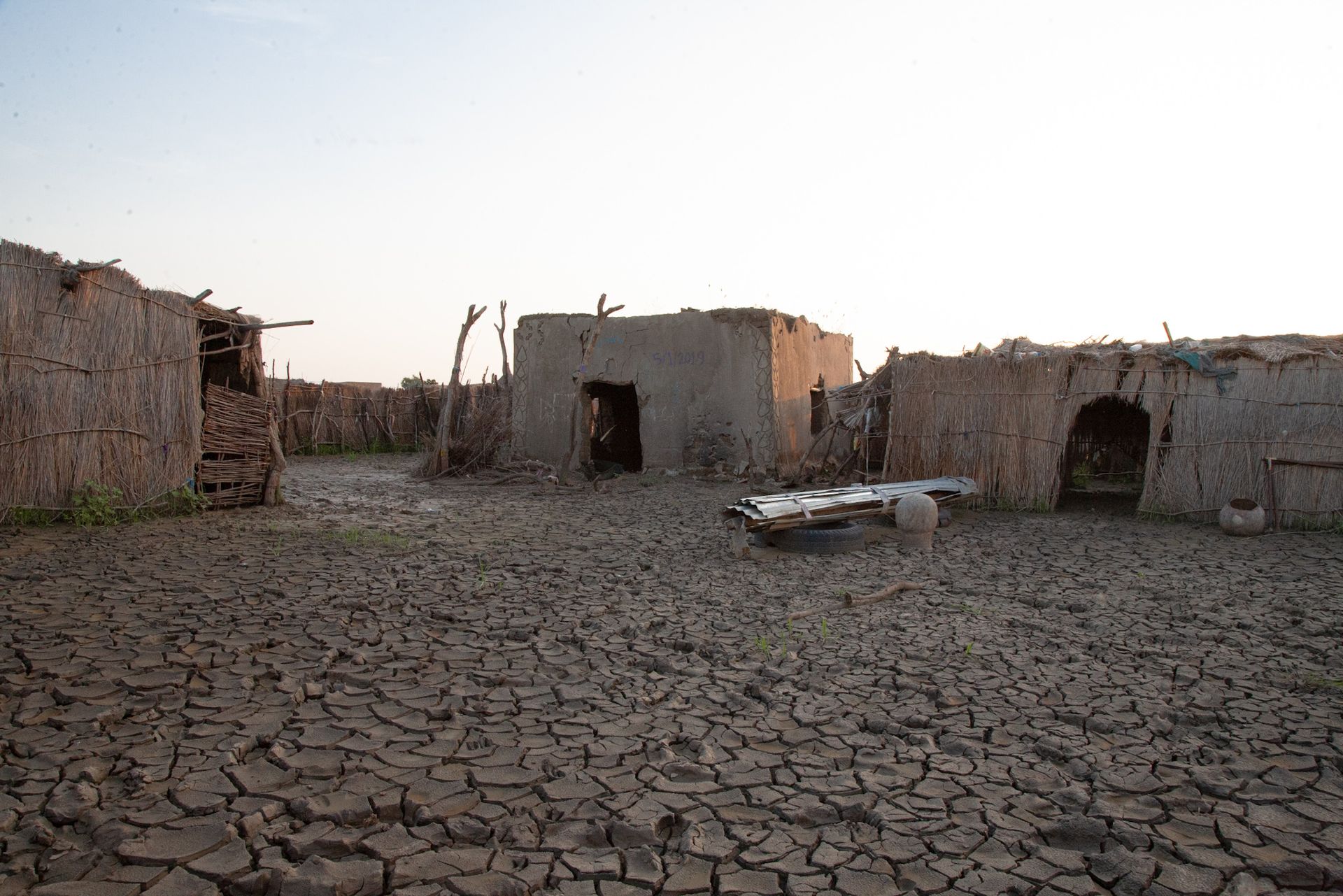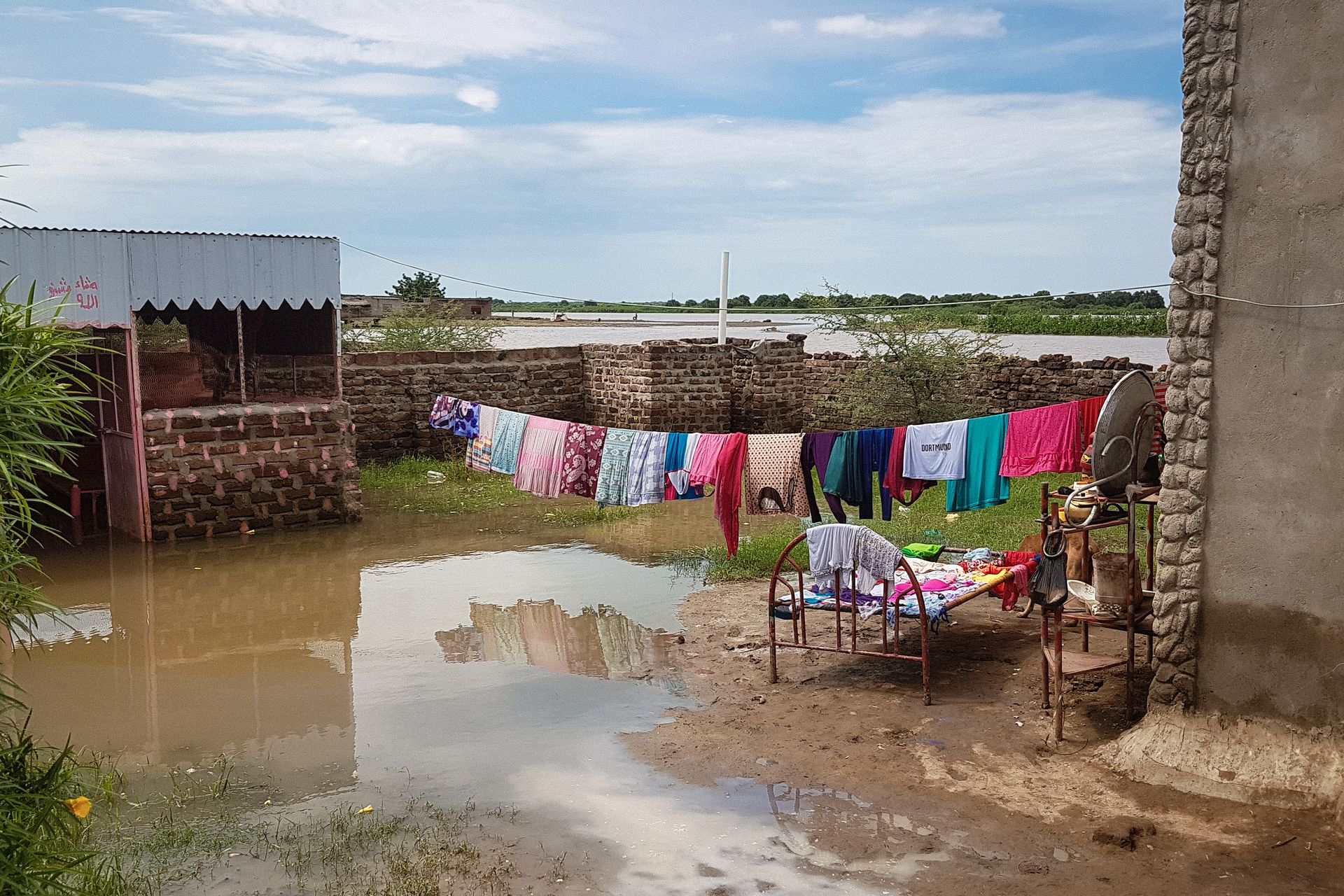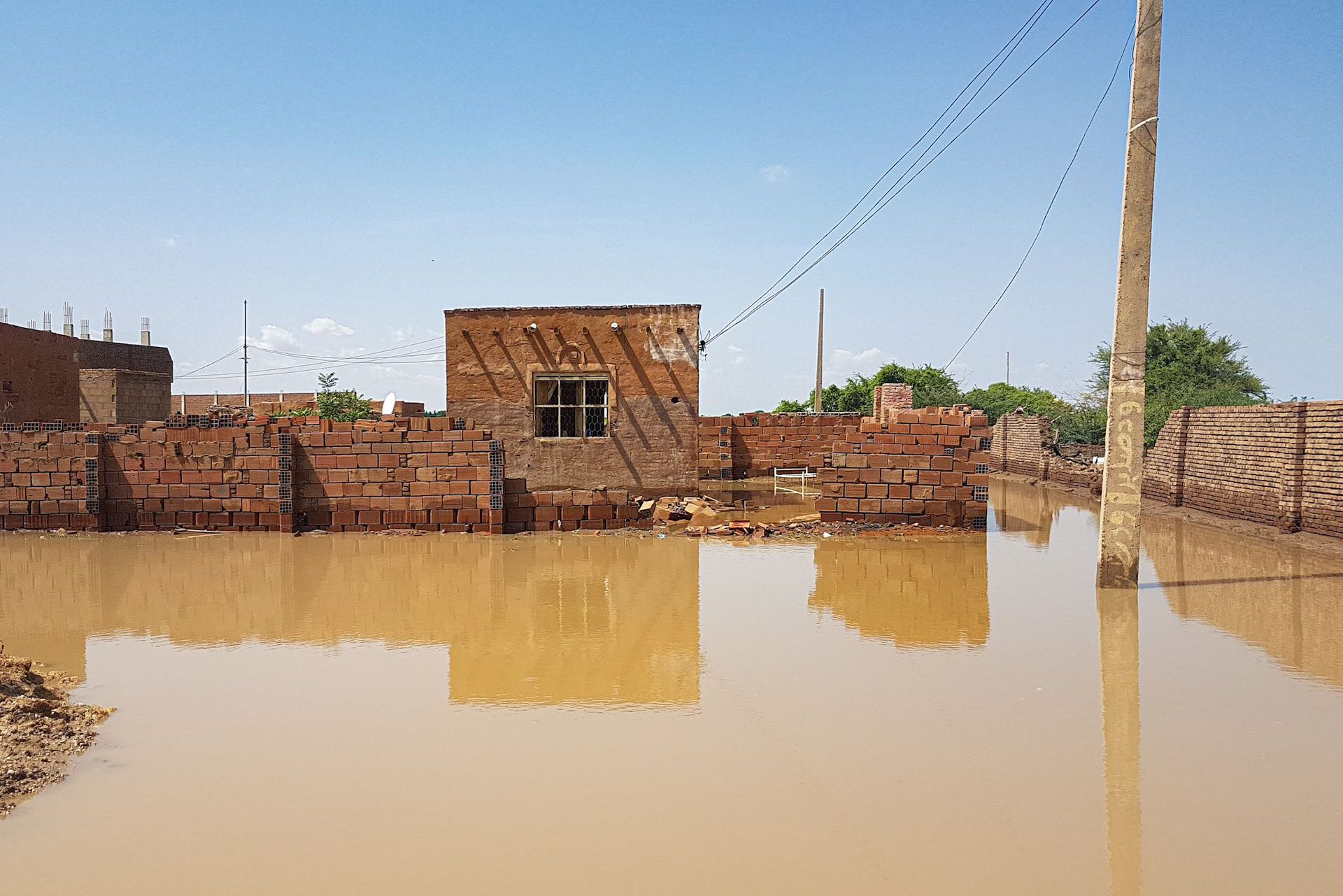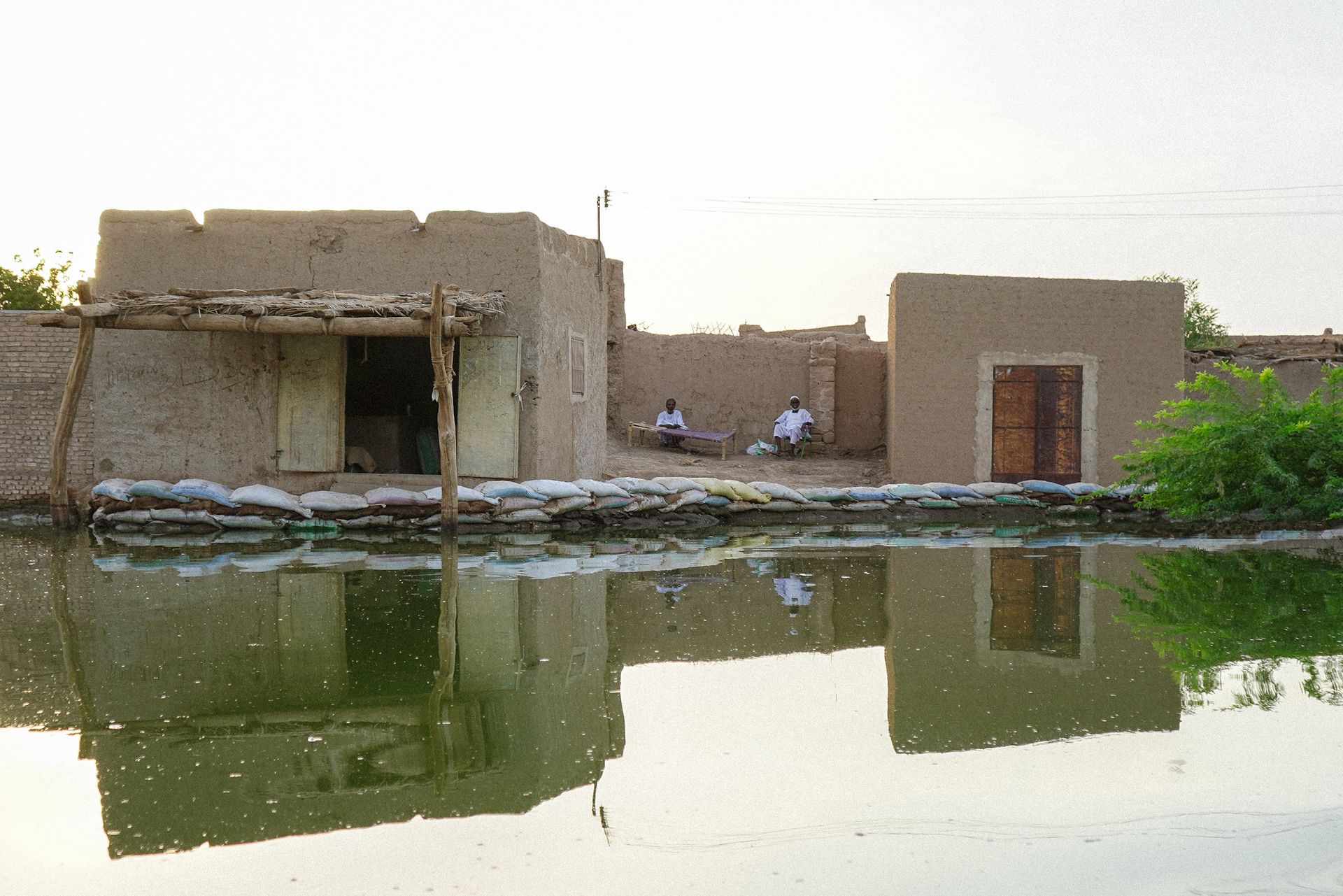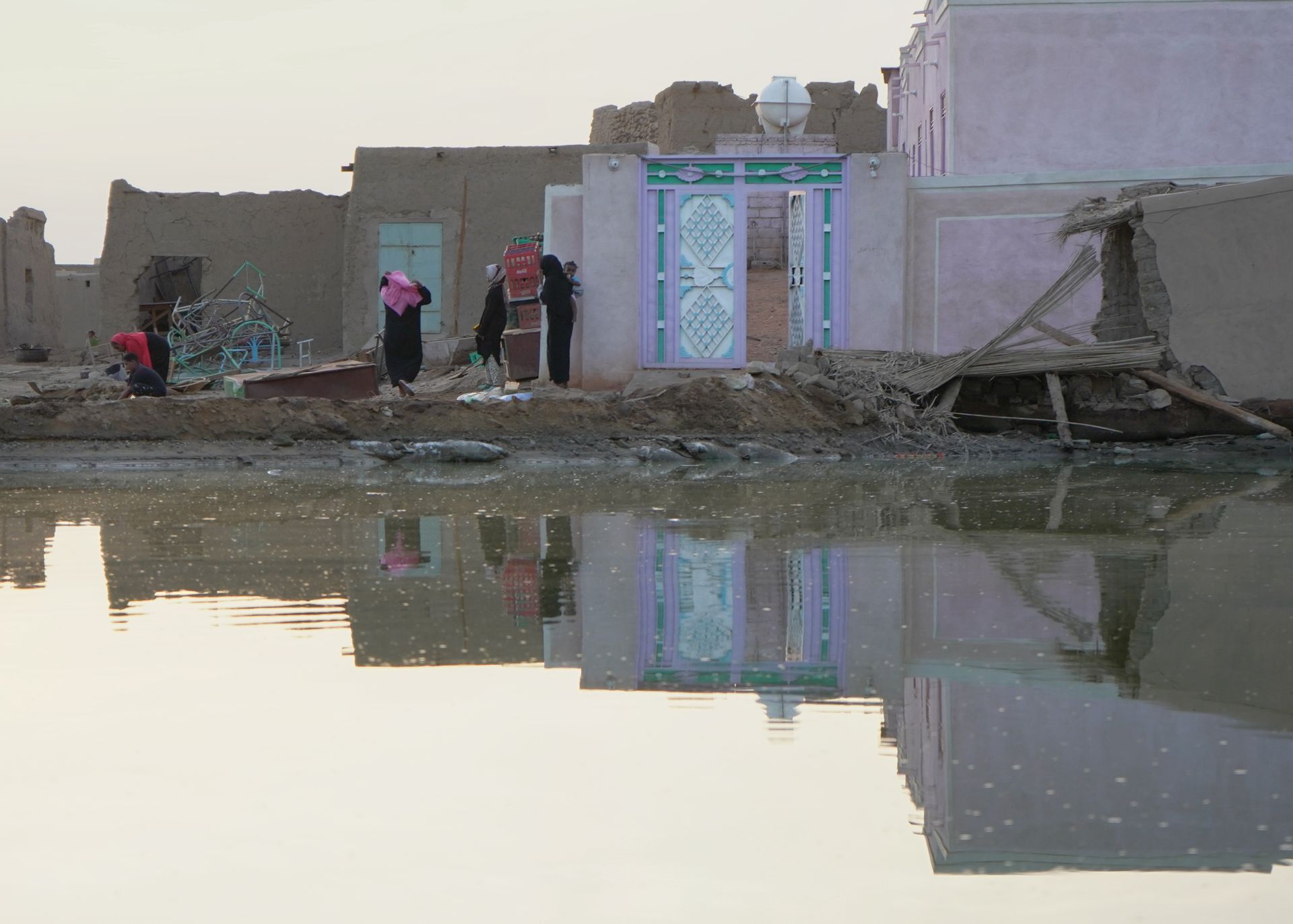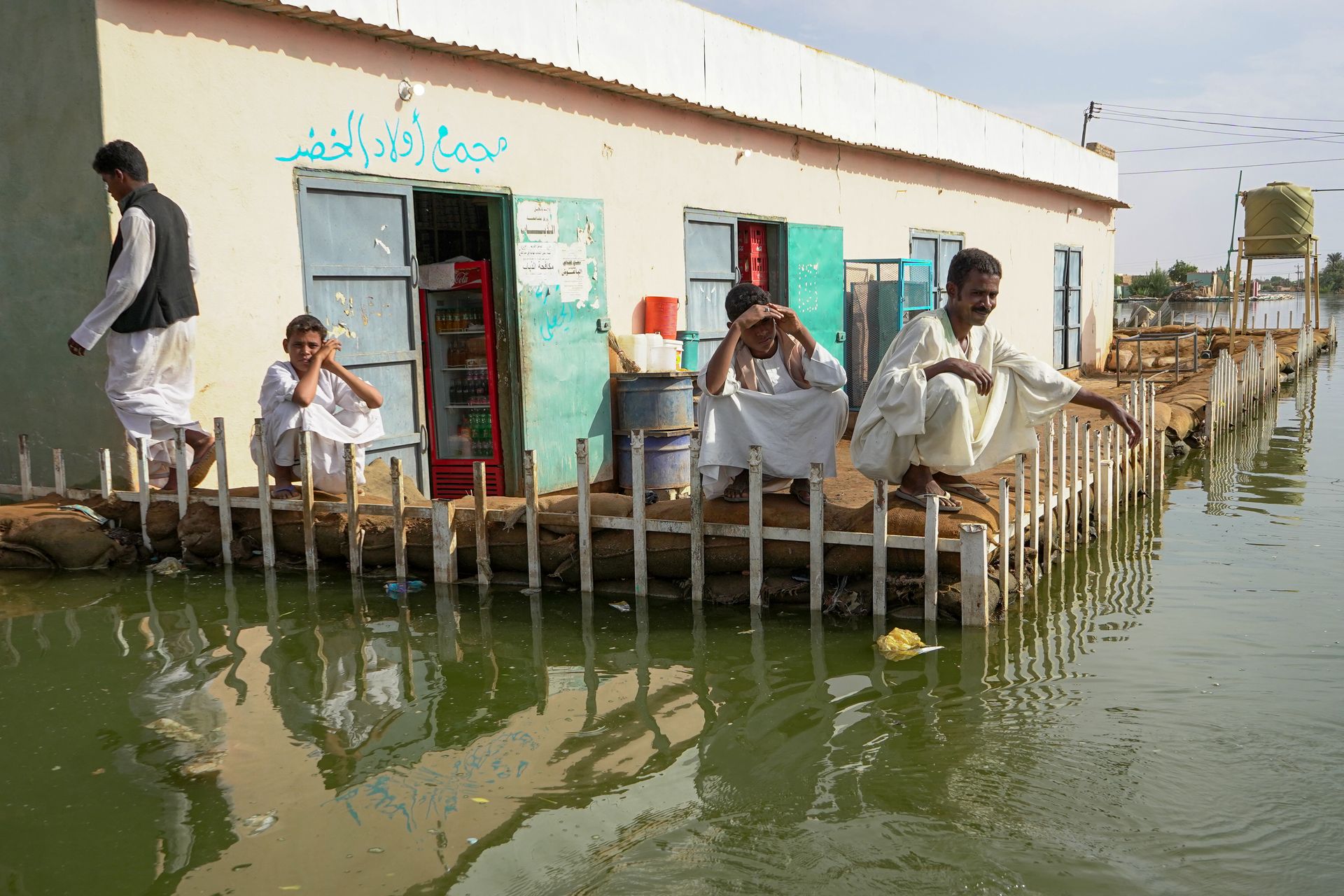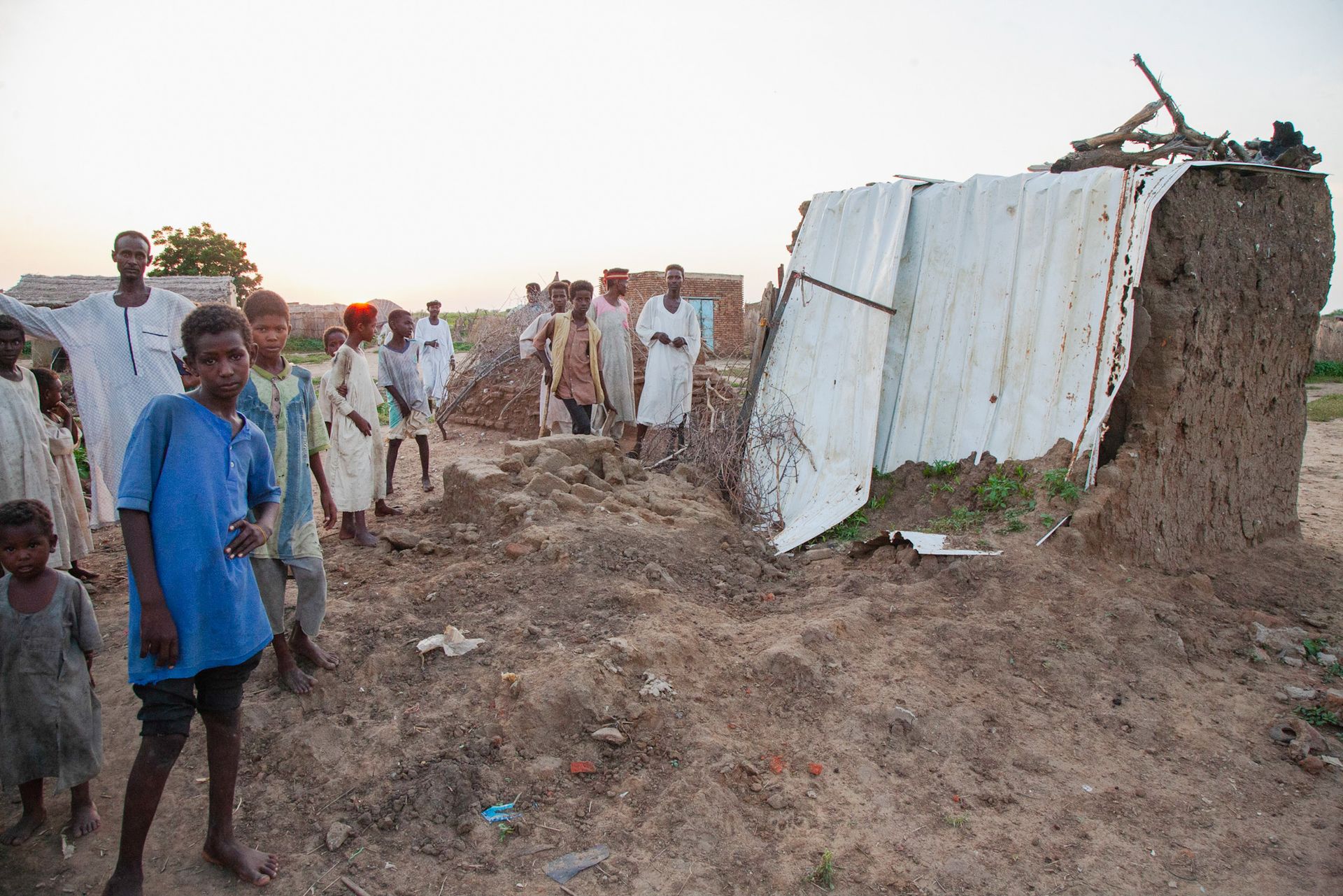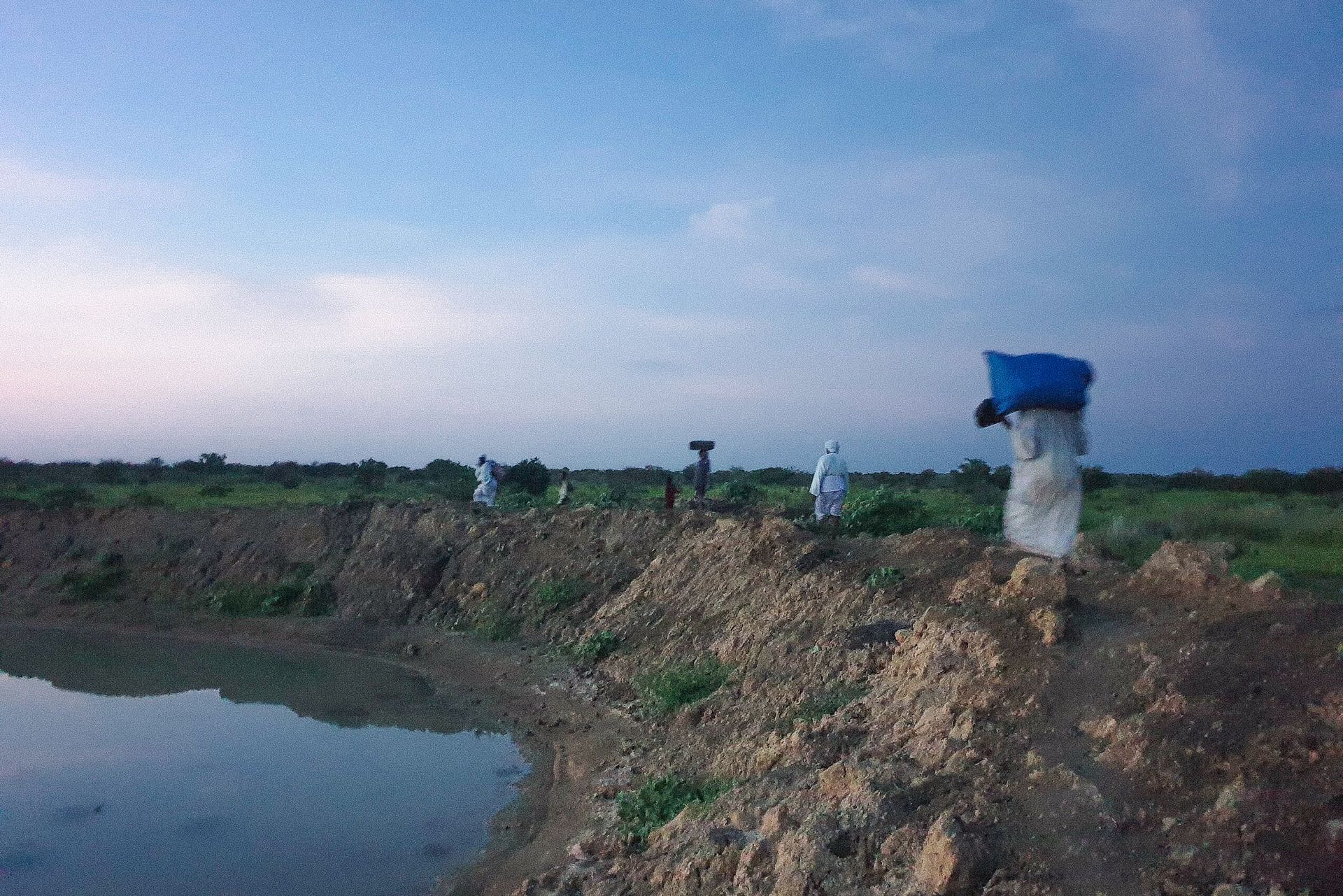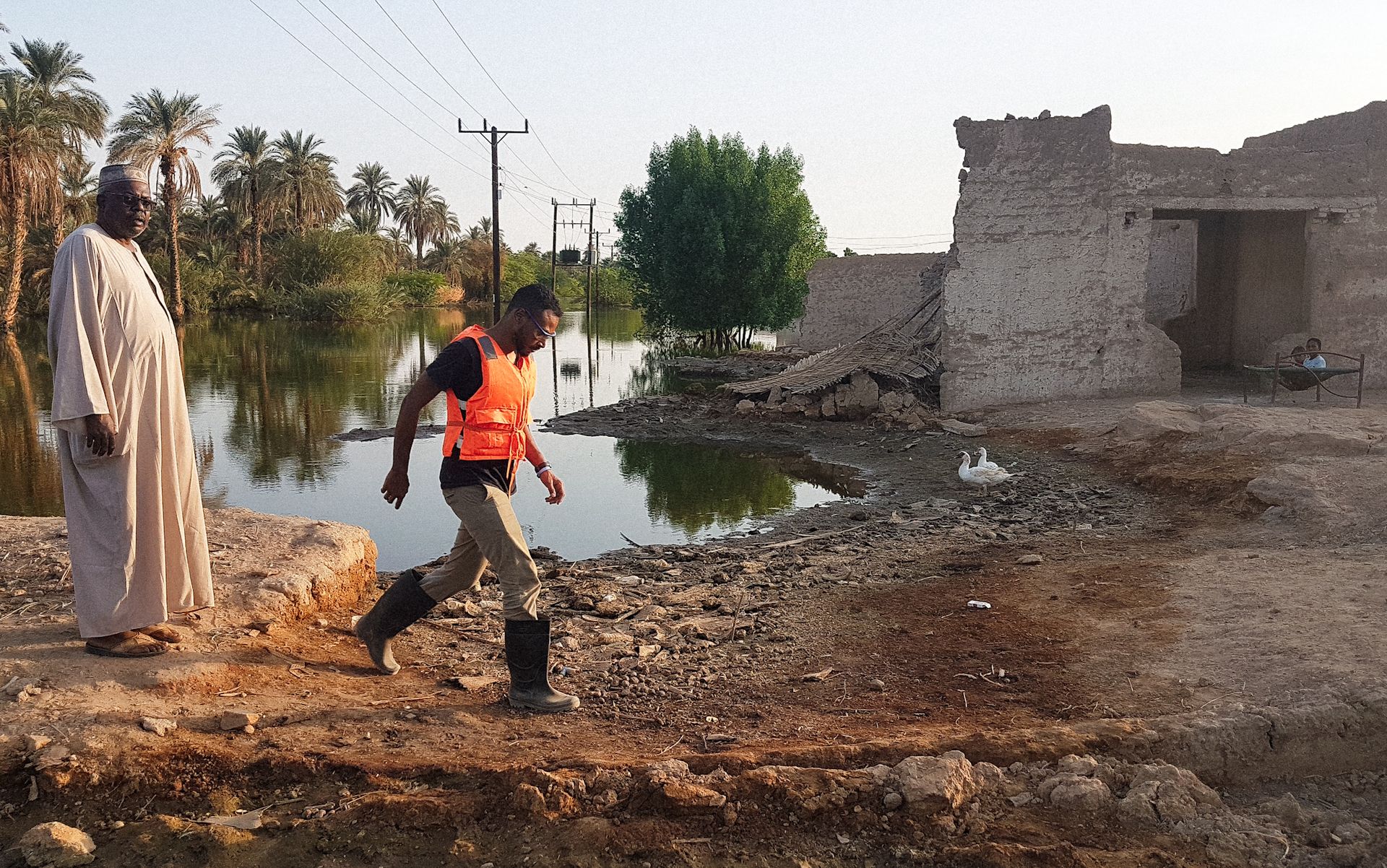Water Flows

Sudan is among the most vulnerable countries in the world to climate variability and change. Increased frequency of droughts and high rainfall variability over the past few decades have already put stress on the region’s rainfed agriculture and pastoralist systems. According to Climatelinks a global knowledge portal for USAID staff. Sudan is exposed to seasonal waves of heavy rains that lead to floods, which lead to a rise in surface water levels annually. Sudan faces severe floods at this time of the year. While the rainy season in Sudan usually starts in June and lasts until September, with peak rainfall and floods observed between August and September. The floods of 2020, 1946, and 1988 were among the worst in the country's history.
The floods of 2020 are the most significant and most damaging, exceeding in their destruction the floods of 1946 and 1988, which were considered the worst, as the flood of 1946 caused great destruction in Sudan. Thus, while touring between different cities, I realized the level of the Nile River was significantly rising in an unprecedented way. many houses were destroyed, the water was covering the streets, and I saw some people stuck in their houses and couldn't get out. Nearly 100 fatalities, 46 injured people, and thousands were displaced. Not to mention, many of them have sheltered in schools and, 100,000 houses were destroyed or damaged across the States. Since mid-July, around 506,000 people have been affected across 17 States (out of 18). Many people lost their houses, some went to live in camps, some lived over their home wrecks, and some lost their loved ones. Floods in Sudan are considered to be one of the seasonal catastrophes that occur every fall. The extent of the problem varies with the rate of rainfall. Specially on the Ethiopian plateau which raises the level of the Nile. The majority of Sudanese people live near the riverside, so you see that most of the cities are located near them. People living on the Nile's banks are more at risk of flooding every year. Unfortunately, this continually occurs every year during the Fall season in Sudan, The floods of 1946 and 1988 caused casualties, brought infectious diseases, and there was an epic. Popular flood resistance and one of the things under it is a local early warning, The flood that occurred in 1988, its height was estimated at 15.68 meters, and it left behind 76 people and hundreds of people. Wounded and many material losses.
As it happens in the flood season in Sudan every year, and with casualties and damages, criticism of the government is renewed due to its failure to take appropriate measures to reduce deaths and losses. It was expected as it is every year, but the government, as usual, seems to be surprised by the flood every time. Accusations of negligence come from the lack of a plan to confront the fall, and the lack of a ready budget to address the risks of floods, as well as the danger of the next stage after the spread of mosquitoes and flies, warning of an outbreak of malaria and cholera in the affected areas. The absence of dams would protect the country from drowning, especially since many rivers in Sudan are considered tributaries of the Nile, which flows into the Blue Nile, the White Nile, and other rivers.
The most important reasons that exacerbated the severity of the disaster are the destruction of the protection bumpers in the main channels and vent drains, the lack of steadfastness in the country's infrastructure, and the government's neglect of the priority of infrastructure development, to which floods pose a constant threat. Regardless of the reason for the deterioration of the infrastructure, there is agreement on its fragility, which raises new concerns about the repercussions of stagnant flood waters and what epidemics it may cause in a country that suffers from a difficult economic situation.
